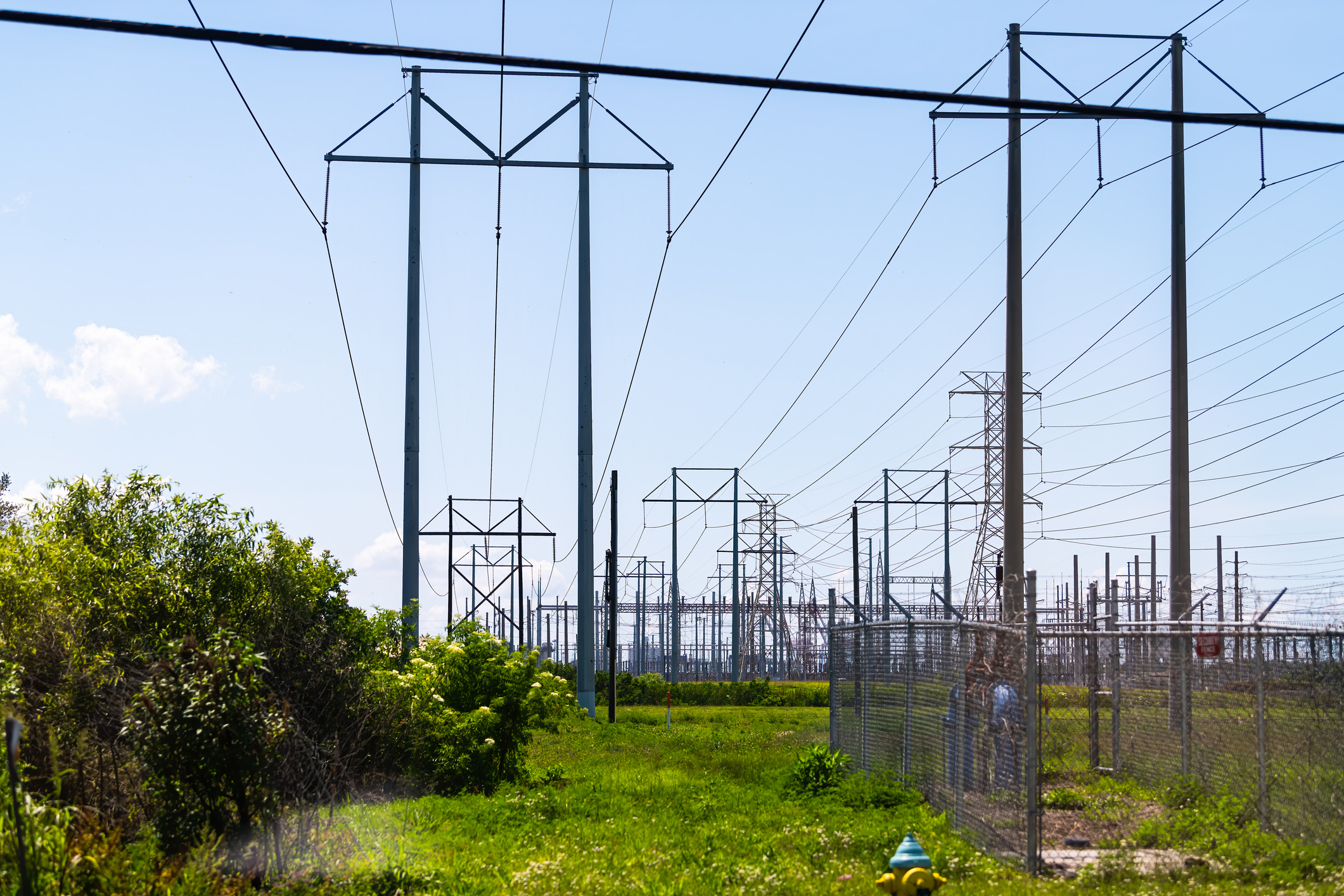Analyzing Potential Changes in Tampa Bay Electric Bills: Duke Energy and Tampa Electric’s Proposals for 2025

Duke Energy and Tampa Electric Company, two prominent utility providers in Tampa Bay, have recently submitted detailed proposals to the Florida Public Service Commission regarding potential changes in electric bills for 2025. These filings shed light on the companies’ intentions to adjust base rates, a fundamental component influencing customers’ monthly electricity expenses.
Duke Energy’s submission outlines plans to invest $820 million over three years, primarily directed toward enhancing grid infrastructure and establishing 14 new solar farms, including one in Hernando County. If approved, this proposal could lead to an approximate increase of $16.48 per month for residential customers in 2025, with subsequent smaller increments in the following years. Nevertheless, Duke Energy anticipates an overall decrease in customers’ bills compared to previous years, partly due to the expiration of prior costs associated with storm resilience measures.
Similarly, Tampa Electric Company has proposed a base rate increase of around $468 million over three years, citing factors such as population growth, infrastructure enhancements, and expanded solar capacity. While the exact impact on customers’ bills beyond 2025 remains to be calculated, the company expects an overall increase of $5 in January 2025, factoring in various adjustments across different billing components.
These filings come in the wake of significant fluctuations in electric bills experienced by Tampa Bay residents, primarily attributed to the fluctuating price of natural gas, a key element in electricity generation. Both companies acknowledge the impact of natural gas prices on customer bills and have announced intentions to seek reductions in fuel costs, potentially providing relief to consumers.
In addition to addressing operational expenses, the filings also disclose the companies’ proposed returns on equity, with Duke Energy seeking a midpoint of 11.15% and Tampa Electric Company aiming for approximately 11.5%. These figures reflect the companies’ perspectives on maintaining financial viability and attracting investment amidst evolving market conditions.
Following the submission of these proposals, the Public Service Commission is expected to conduct hearings across the state to gather feedback from stakeholders before making a final decision. These hearings provide an opportunity for Floridians to voice their opinions and concerns regarding the proposed rate adjustments.
Ultimately, the decisions made by the Public Service Commission will determine the fate of these proposals, with the potential to impact the electric bills of thousands of Tampa Bay residents. As the regulatory process unfolds, stakeholders will closely monitor developments to understand the implications for both utility companies and consumers alike.
